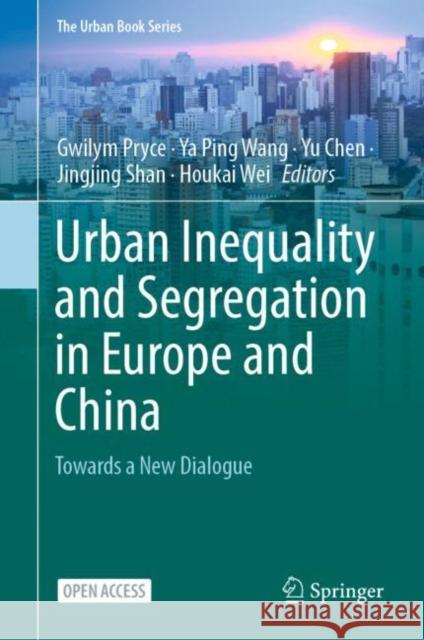Urban Inequality and Segregation in Europe and China: Towards a New Dialogue » książka
topmenu
Urban Inequality and Segregation in Europe and China: Towards a New Dialogue
ISBN-13: 9783030745431 / Angielski / Twarda / 2021 / 374 str.
Urban Inequality and Segregation in Europe and China: Towards a New Dialogue
ISBN-13: 9783030745431 / Angielski / Twarda / 2021 / 374 str.
cena 200,77
(netto: 191,21 VAT: 5%)
Najniższa cena z 30 dni: 192,74
(netto: 191,21 VAT: 5%)
Najniższa cena z 30 dni: 192,74
Termin realizacji zamówienia:
ok. 22 dni roboczych.
ok. 22 dni roboczych.
Darmowa dostawa!
Kategorie BISAC:
Wydawca:
Springer
Seria wydawnicza:
Język:
Angielski
ISBN-13:
9783030745431
Rok wydania:
2021
Wydanie:
2021
Numer serii:
000789133
Ilość stron:
374
Oprawa:
Twarda
Wolumenów:
01











